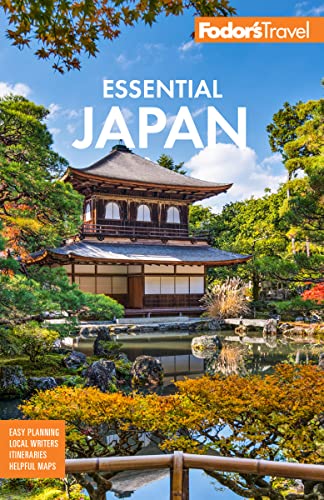Sumo
This centuries-old national sport of Japan is not to be taken lightly—as anyone who has ever seen a sumo wrestler will testify.
Sheer mass, mind you, isn’t necessarily the key to success—though it might seem that way. There are no weight limits or categories in sumo; contenders in the upper ranks average 350 pounds. But Chiyonofuji, one of the all-time great yokozuna (grand champions), who tipped the scales at a mere 280 pounds, regularly faced—and defeated—opponents who outweighed him by 200 pounds or more. That said, sumo wrestlers do spend a lot of their time just bulking up, consuming enormous quantities of a high-protein stew called chanko nabe, washed down with beer. Akebono, the first foreign-born yokozuna, weighed more than 500 pounds.
Sumo Rules
The official catalog of sumo techniques includes 82 different ways of pushing, pulling, tripping, tossing, or slapping down your opponent, but the basic rules are exquisitely simple: except for hitting below the belt (which is all a sumo wrestler wears) and striking with a closed fist, almost anything goes. Touch the sand with anything but the soles of your feet, or get forced out of the ring, and you lose.
Sumo History
The earliest written references to sumo date back to the year 712; for many centuries it was not so much a sport as a Shinto religious rite, associated with Imperial Court ceremonies. Its present form—with the raised clay dohyo (platform) and circle of rice straw bales to mark the ring, the ranking system, the referee and judges, the elaborate costumes and purification rituals—was largely developed in the 16th and early 17th centuries.
The Sumo World
Sumo is very much a closed world, hierarchical and formal. To compete in it, you must belong to a heya (stable) run by a retired wrestler who has purchased that right from the association. The stable master, or oyakata, is responsible for bringing in as many new wrestlers as the heya can accommodate, for their training (every stable has its own practice ring) and schooling in the elaborate etiquette of sumo, and for every facet of their daily lives. Youngsters recruited into the sport live in the stable dormitory, doing all the community chores and waiting on their seniors while they learn. When they rise high enough in tournament rankings, they acquire servant-apprentices of their own.
All the stables in the association—now some 50 in number—are in Tokyo. Most are clustered on both sides of the Sumida River near the green-roofed Kokugikan (National Sumo Arena), in the areas called Asakusabashi and Ryogoku. Come early in the day, and you can peer through the windows of the heya to watch them practice, or ask your hotel concierge to find a way inside the heya.
There are six official sumo tournaments throughout the year: three in Tokyo (January, May, and September); one each in Osaka (March), Nagoya (July), and Fukuoka (November). Wrestlers in the upper divisions fight 15 matches over 15 days. A few weeks before each tournament, a panel of judges and association toshiyori (elders) publish a table called a banzuke, which divides the 800-plus wrestlers into six ranks and two divisions, East and West, to determine who fights whom. Rankings are based on a wrestler’s record in the previous tournament: win a majority of your matches and you go up in the next banzuke; lose a majority and you go down.
If you can't attend one of the Tokyo sumo tournaments, you may want to take a tour of a sumo stable to take in a practice session.




